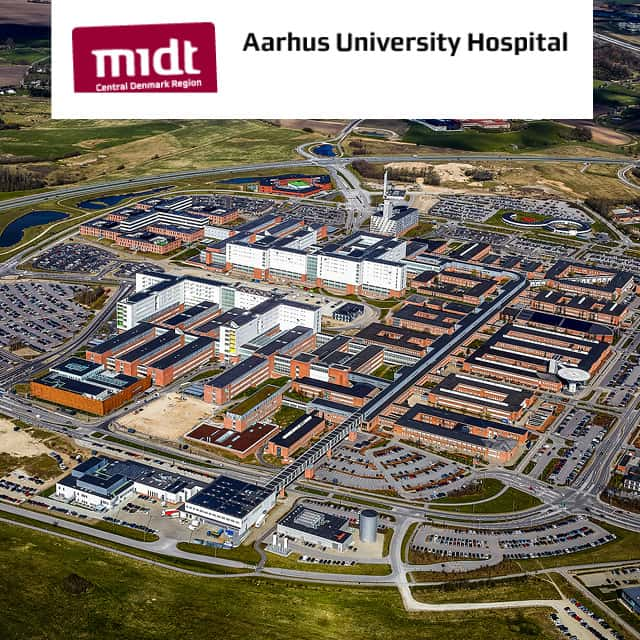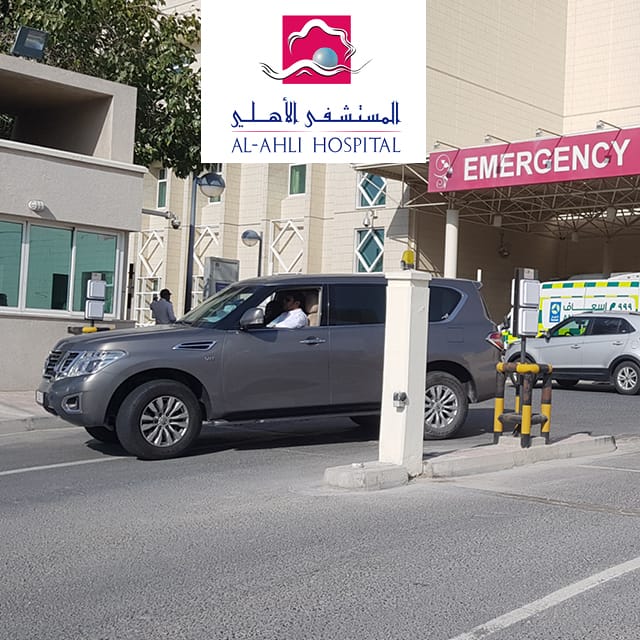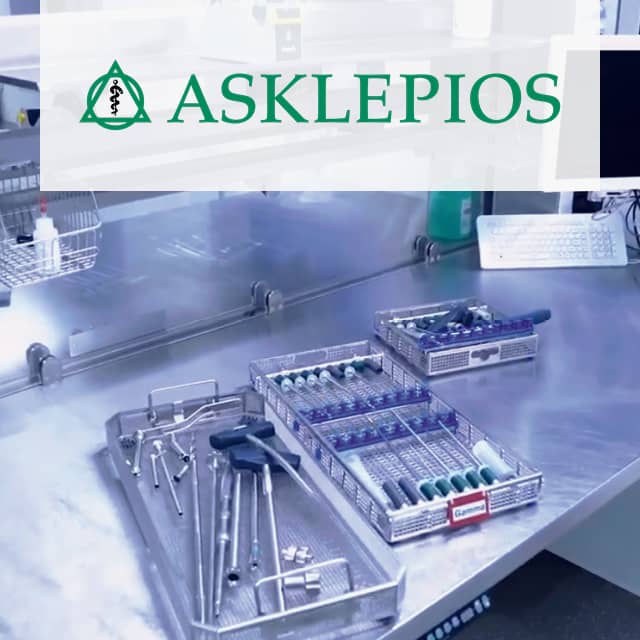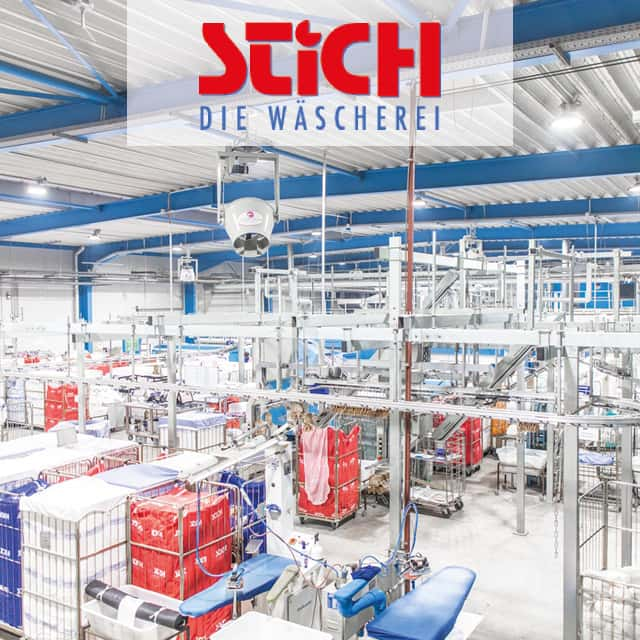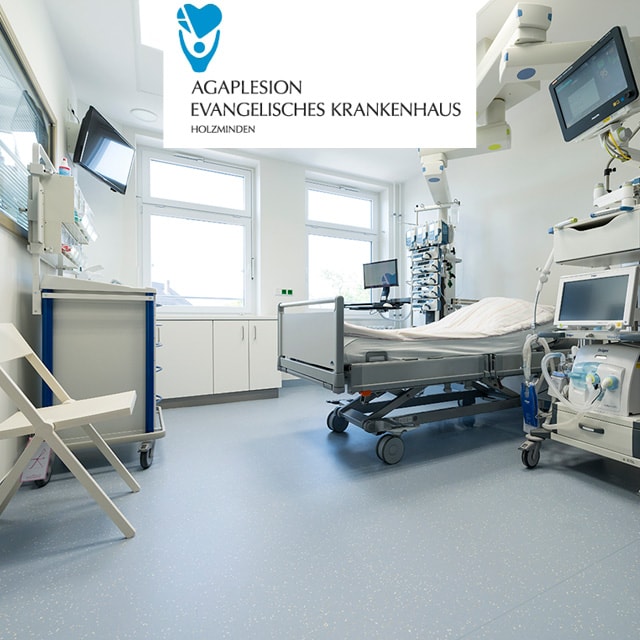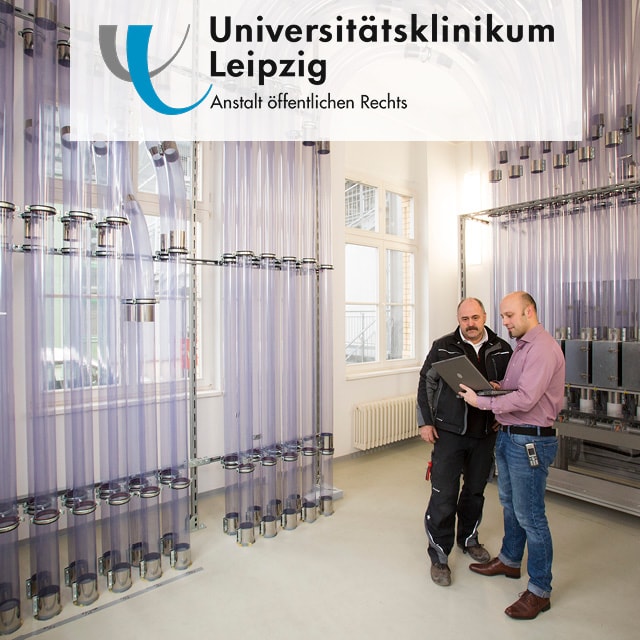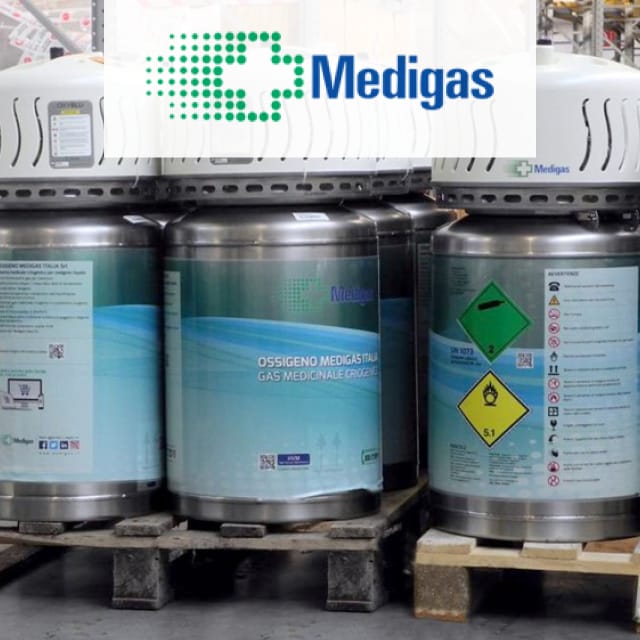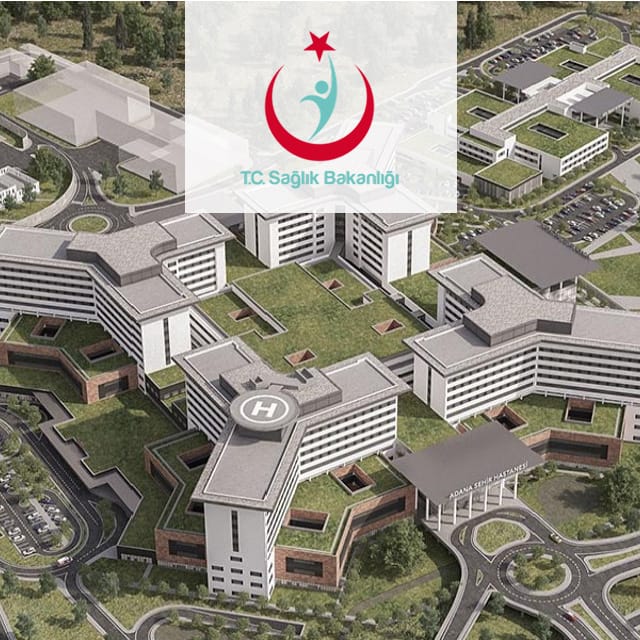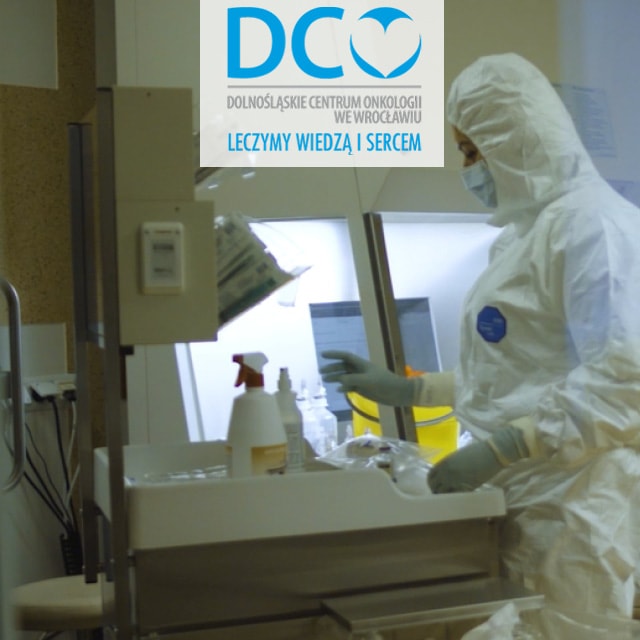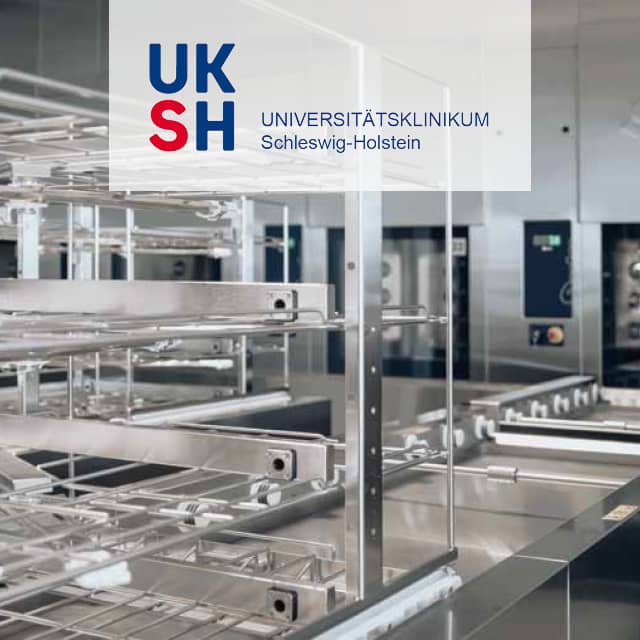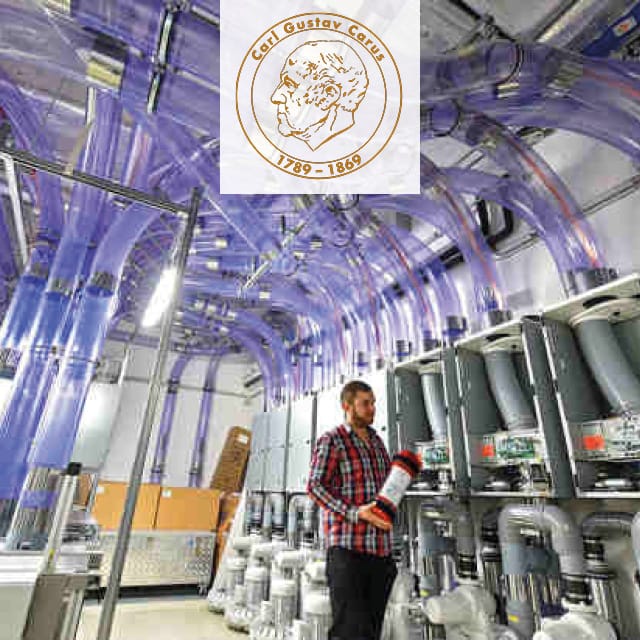
500 Pneumatic Tube Deliveries Tracked Daily with RFID
The University Hospital Dresden operates a pneumatic tube system measuring six kilometers in length with 19 pneumatic tube stations for the transport of medicinal products, such as test samples from OR theaters, patient records, and medication.
The implementation of the pneumatic tube system with the support of RIFD will continuously connect the buildings and clinics distributed on the campus and reduce transport times between departments.
The University Hospital Carl Gustav Carus Dresden is a maximum care hospital with a total of 26 clinics and polyclinics. Every year, 57,000 inpatients and 277,000 outpatients are treated.
Process Requirements
Before the pneumatic tube system was implemented, the samples were transported on foot, by bicycle or by car. The process was inefficient: errors due to incorrect labeling generated additional work. The individual transport was time-consuming. The faster a patient sample is available in the laboratory, the faster a diagnosis can be made and the faster the patient can be treated.
Objectives
- Achieving average transport times of ten minutes
- Generating analysis results faster
- Ensuring the traceability of medical devices
Solution
The first section of the system was put into operation in 2019. Currently – as of June 2020 – six kilometers of pipe have been installed. Half of it is underground. The pipes run parallel in the ring-shaped system. 19 stations are in operation so far. 500 canisters are dispatched or received per day. The canisters, which are labeled with an RFID tag, are transported through the plastic pipes with a diameter of 160 millimeters, leaving a slight gap between the pipe and the canister.
At the terminals of the pneumatic tube stations, the RFID tag on the box is described with the destination and priority information. The transport speed is up to eight meters per hour, which corresponds to approximately 30 kilometers per hour. Within 10 minutes – regardless of the distance traveled – each canister reaches its destination.
Currently, the surgical emergency room, the pathology department, the Institute of Clinical Chemistry, House 59 (Surgical Clinics Center) and the laboratory medicine department are connected via the pneumatic tube system.
The IT department of the University Hospital has designed the IT system 'Orbis' in cooperation with external consultants. All logistical data is bundled on this IT platform. As a result, paper printouts are minimized. All departments with logistical requirements access the same system. All data is digitally transparent and can be exchanged in real time.
Advantages
- Service level of ten minutes reached
- Reduction of transport time by 50 percent
- Error rate minimized
- Process transparency between different stakeholders increased
- Logistical efficiency increased
Outlook
- In the next stage of expansion, blood reserves are to be sent directly from the blood bank via the pneumatic tube system.
- By 2024, the pharmacy as well as other institutes and clinics will be connected with a planned 15 to 20 kilometer pipeline route.
Learn More
Questions? Get in contact with the editorial team!
Technologies
Application Fields





